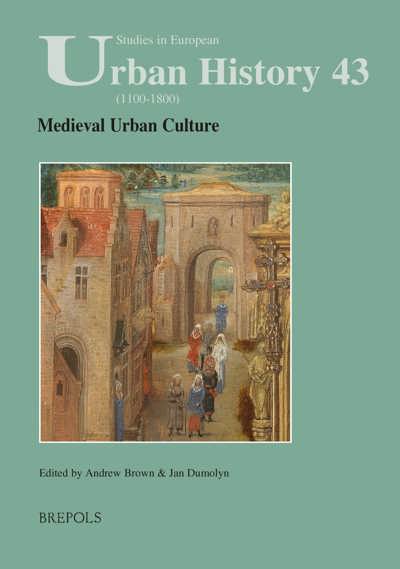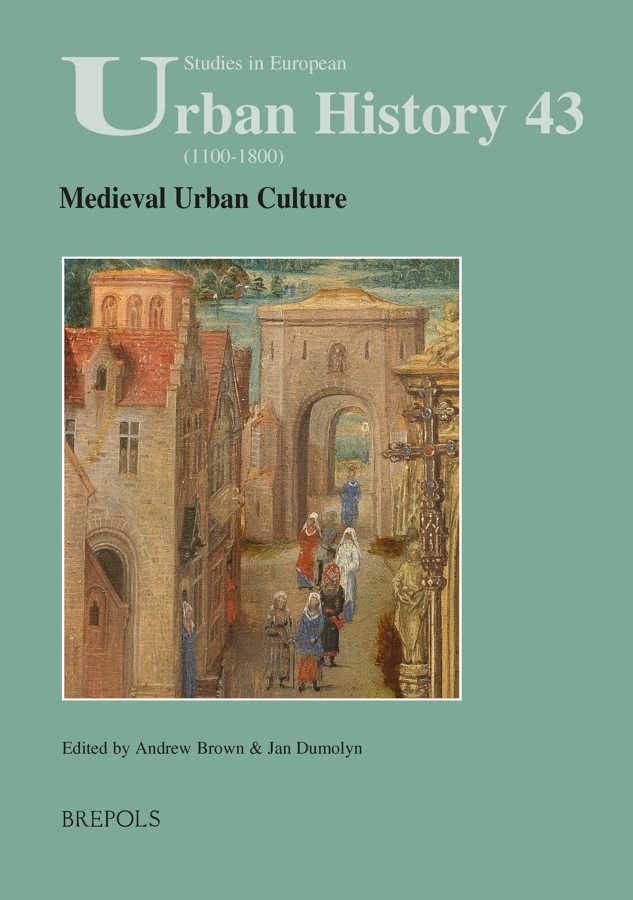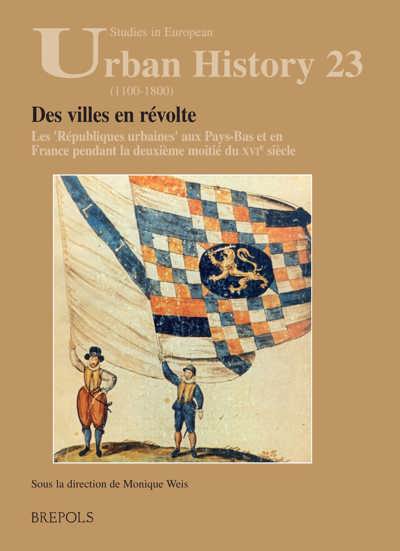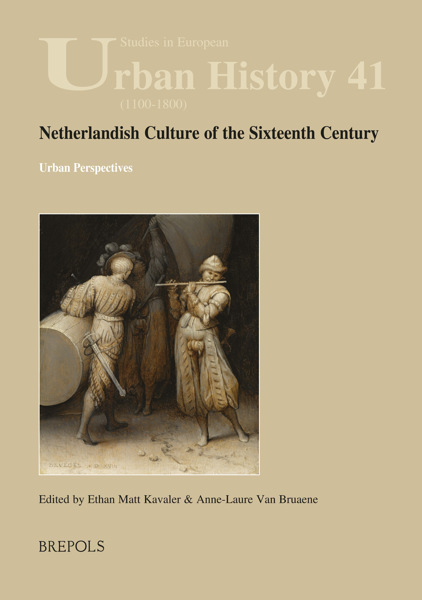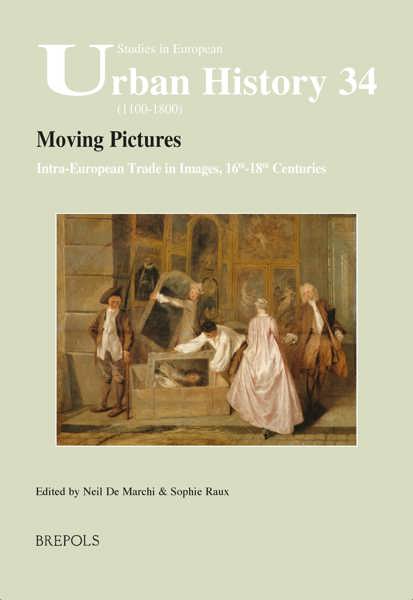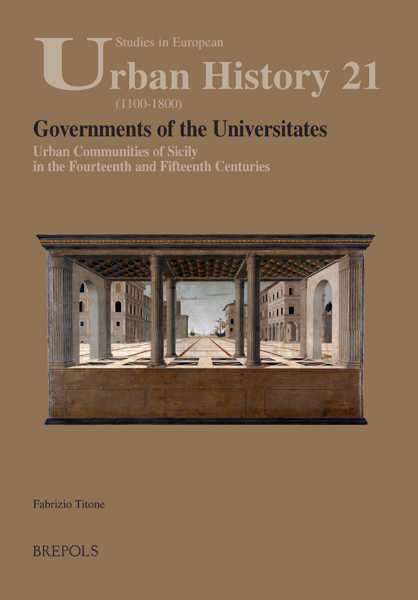
Medieval Urban Culture
Andrew Brown, Jan Dumolyn (eds)
- Pages: vi + 213 p.
- Size:178 x 254 mm
- Illustrations:10 b/w, 4 tables b/w.
- Language(s):English
- Publication Year:2017
- € 90,00 EXCL. VAT RETAIL PRICE
- ISBN: 978-2-503-57742-5
- Paperback
- Available
- € 90,00 EXCL. VAT RETAIL PRICE
- ISBN: 978-2-503-57743-2
- E-book
- Available
The volume offers new insights into the nature of medieval culture in towns of western Europe c.1150-1550; and into how the spatiality, hybridity and fluid nature of urban environments defines what made urban culture ‘urban’.
“Alles in allem bietet das Buch eine Reihe sehr interessanter Aufsätze zu unterschiedlichen Aspekten städtischer Kultur (...) Der Band trägt überdies dazu bei, die Arbeiten neuseeländisch-australischer Wissenschaftler in Europa bekannter zu machen – auch das ist sehr verdienstvoll.” (Gisela Naegle, in Francia-Recensio, 3, 2018)
Andrew Brown is an Associate Professor in the School of Humanities, Massey University, New Zealand.
Jan Dumolyn is Senior Lecturer in the Department of History (Henri Pirenne Institute of Medieval Studies), Ghent University.
This volume explores the specificity of the urban culture in western Europe during the period c. 1150-1550. Since the mid-twentieth century, many studies have complicated the association, traditionally made, between the medieval growth of towns and the birth of a modern, secular world; but few have given any attention to what actually made urban culture ‘urban’. This volume begins by placing medieval ‘urban culture’ within its spatial context, to consider how urban conditions determined the perception and representation of the city-dweller. Contributors examine a variety of urban cultures, from the political to the artistic, from London and Bruges to Florence and Venice, and beyond Europe. They show how urban culture involved a process of interaction with other discourses (royal, noble, ecclesiastical) and that it was not monolithic: the relationship between urban environments and the cultures they generated were hybrid, fluid and dynamic.
1. Andrew Brown and Jan Dumolyn, Conceptual and Historiographical Problems of Medieval Urban Culture
2. Claire Judde de Larivière, The Urban Culture of the Ordinary People. Space and Identity in Renaissance Venice (15th-16th Centuries)
3. Mark Amsler, Memory, Text and Space in Late Medieval London
4. Peter Howard, Making a City and Citizens: The ‘Fruits’ of Preaching in Renaissance Florence
5. Barbara Rouse, Nuisance Neighbours and Persistent Polluters: the Urban Code of Behaviour in Late Medieval London
6. E. Amanda McVitty, Prosecuting Treason in Lancastrian London: the Language and Landscape of Political Dissent, 1407-1417
7. Lindsay Diggelmann, Chronicles and Crowds: Accounts of Urban Unrest in Norman Cities, 1090-1160
8. Roger Nicholson, “Cursed ymagynacion”: Late Medieval London, Urban Chronicles and the Topologies of Treason
9. Chris Jones, Connecting the Urban Environment with Political Ideas in Late Capetian France
10. Constant Mews, Christian-Jewish Exchanges within the Urban Culture of Twelfth-Century France and England
11. Johan Oosterman, Discovering New Media. Anthonis de Roovere and the Early Printing Press
12. Katrien Lichtert, Port Cities and River Harbours: A Peculiar Motif in Antwerp Landscape Painting c. 1490-1530
13. Kim Phillips, Europe Looks East: Chinese Cities in Medieval Travel Writing, c. 1298 – c. 1440
